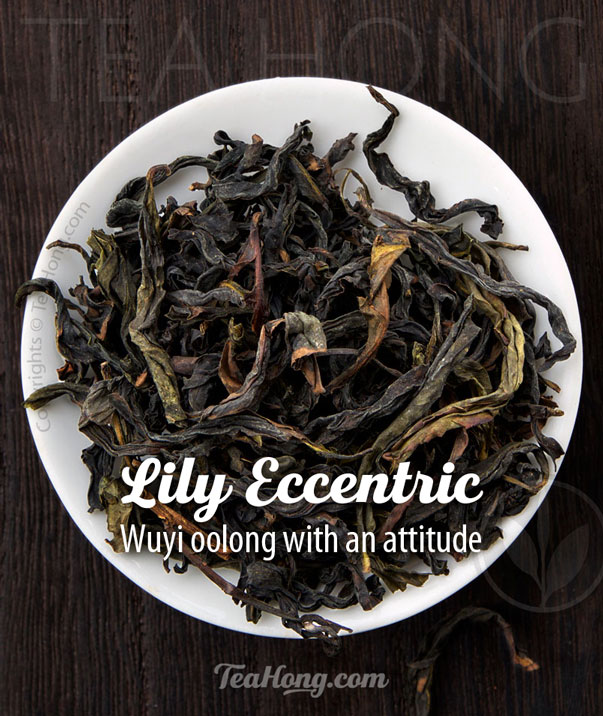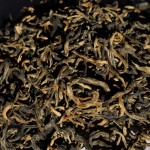White Peony, Real White Tea

White Peony aka Bai Mudan 白牡丹, This authentic white tea is from Fuding and made in the local style using the Fuding Dabai cultivar, special grade, matured for 1 year. 20197 | 8730
Bai Mudan (bái mǔ•dān) 白牡丹 aka White Peony, Bak Maodan, etc
origin: Eastern Fujian
White Peony is a literal translation from the tea’s Chinese name, Bai Mudan. Tea traders have often used flower names for their pleasant associations. The tea’s form, a leaf with a light colour downy leaf-bud, was quite unique when it first appeared in the 1870’s. Peonies were (and still are) flowers of the wealthy in China — maybe that’s why the name is borrowed to label the tea.
origin
Like Silver Needles, this white tea was initially produced in the northeastern part of Fujian Province, in areas ranging from Zhenghe to Fuding for the export market in Southeast Asia. Today, other regions, including some outside of China, are trying to imitate the production. The origins still reign for the best quality and tastes.
tasting notes
The aroma is fresh, mellow, floral with a note of cut hay and a malt undertone. Infused properly, it is an easy tasting tea that is fresh, slightly sweet, with medium body and yet light enough for all-day consumption. The Fuding (fú•dǐng) variety, which normally is a very low fermentation style, tastes brighter and the Zhenghe (zhèng•hé) variety, which is more fermented, is comparatively sharper and deeper, giving much fuller body.
Better quality White Peony is one of the easiest teas to infuse. It is difficult to make a cup that is too strong unless you really go at it. It is a good choice for casual daily use and for tea beginners. The price of even the finest ones in this variety is a fraction of that of similar grades in renowned greens or oolongs.
- White Peony aka Bai Mudan 白牡丹, This authentic white tea is from Fuding and made in the local style using the Fuding Dabai cultivar, special grade, matured for 1 year. 20197 | 8730
- A finest quality Fuding White Peony, freshly made.
- A green tea “White Peony”. By definition, White Peony refers only to the genuine white tea. A green tea like this labelled using that same name is intentional mislabelling. Nevertheless, this is a top quality amongst the imitations. It is at least a decent tea.
- Zhenghe White Peony, or Bai Mudan 政和白牡丹. Top quality batch. Local producers refer to this as Mudan Wang (King of White Peony)
- Matured White Peony, Zhenghe. A Mudan Wang ( King of White Peony ) matured for 8 years at the time of photo.
varieties
The two main varieties, as mentioned, Fuding and Zhenghe, are different by appearance. (Please compare upper left photos at the top of this article) The former is greener in colour and the leaf shoots not so dark silvery as the latter. The leaves are also darker in colour in the latter one, because of the longer fermentation process.

The infused leaves of a fine Fuding White Peony. Notice the overall slight oxidation of the first leaves and the integrity of leaf shoots (apical buds). These are signs of a well-managed production.
The appearance of the Fuding version makes it the more popular choice, and the slightly higher price reflects that. Quite a range of tea-plant varieties are currently used for the production but Fuding Dai-bai is still most popularly used, for both its larger, downier leaves and cleaner tastes.
Zhenghe Mudan Wang (King of Peonies from Zhenghe) is the choice for those who prefer a fuller body rather than nicer looking tealeaves. There is a crowd of followers some of whom would mature the tea for a few years. The matured tea is sweeter and even deeper, though less sharp. This is not a big trend yet but those who take on this prefer such a matured tea than trying to put up with ten or twenty years for a so-called “Shengcha” puer. Well, the White tea version at least costs a few times less and tastes more pleasantly than any comparably matured puer.
health notes
For those who cannot adjust to green tea but want to switch for better health benefits, Bai Mudan is really one of the few best choices. It is a lot more neutral in its TCM nature and yet possessing all the good things of green teas, if not more. For those who want more similarity in tastes and cooling effects, go for a Fuding version, and for those who need the safety of a neutral TCM nature, Zhenghe is the choice. The latter is much easier for whole day drinking as well, in terms of both the taste and TCM energy. Matured ones of both versions are relatively even more neutral in TCM terms and therefore safer.
infusion tips
Most White Peonies do well with higher infusion temperature, but the tea tastes much smoother when the water temperature is kept between 90~95°C. Though the tea is very tolerant of mistakes in infusion time, it is advisable not to let it soak for too long in the pot. Keep it below 10 minutes. The optimum time is 6 minutes, as with most other teas. Matured version fares even better than fresh ones in tolerance. <more about infusion parameters>
storage tips
White Peonies generally store quite well in normal temperature. Less fermented versions keep better when stored in the fridge. Lookalikes that are green teas stores like green tea. To age a more fermented version, keep it fully packed, preferably in a larger quantity, such as one or two kilos, in an airtight pack, preferably in another air-tight container. Do not vacuum pack. <more about storage>
buying tips
Lower grades White Peonies have dramatically lower prices and kind of similar appearances. There are even those that are restaurant grades that are called “Shou Mei”. A good quality White Peony smells fresh, clean, non-grassy, and floral. There should also be a high density of whole leaf-shoots and those that are really well packaged and fresh have the leaf-shoots intact with the young leaves, as in the photos. Since the silkiness of the liquor and roundness of the body also differentiate the finer ones, a quick infusion, such as those normally done in teashop for tasting, would not be able present the true character of the tea. Do a proper tasting to know what you are getting.

















1 Response
[…] White Peony, Real White Tea […]